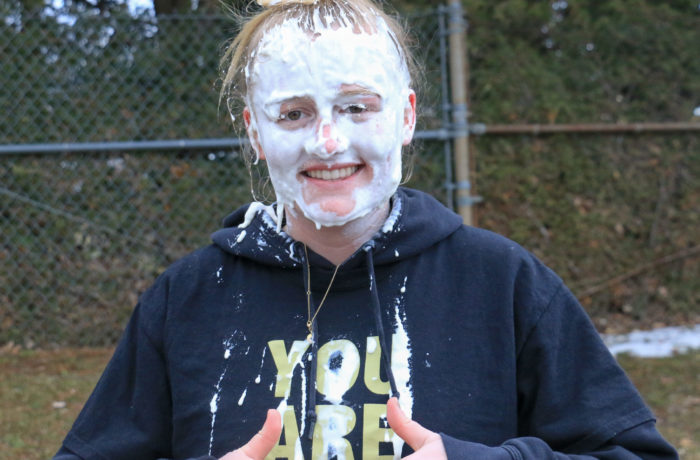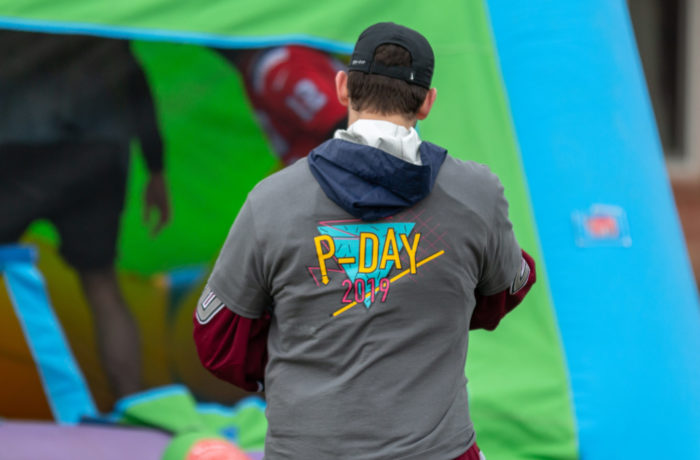By Elizabeth Stapleton
What happens when a biology professor and an education professor decide to build a car?
Earlier this year, fueled by a passion for building low cost alternatives to power -wheelchairs for young children with disabilities, professors Mary Beth Doyle and Donna Bozzone found themselves learning and practicing how to make adaptations on child sized cars.
The project began in June when the two professors were approached by a physical therapist on behalf of a local family who had requested a car for their five-year-old daughter Katie.

Katie has muscular dystrophy and walking down to the playground to participate in recess was too much for her body. Crafting a battery-powered car to fit Katie’s size and condition has made the process much easier for Katie to enjoy recess with her fellow classmates.
Doyle and Bozzone recruited students from their classes who were interested in the project. Doyle explained that it allowed the students to use their hands and gave them an opportunity to do things creatively without worry of failure.
“We are not electricians by any means” said Annie Ledue, ’21, “but we were just kind of handed screw drivers.”
Since the project was all voluntary, both Doyle and Bozzone held no expectation that the students would have expert experience in robotics. Students had to learn the basic conceptual skills on an older car before they were allowed to create a car that a child could use.
“From a teaching standpoint, it was a perfect lesson to do something and not always have it go smoothly, and that’s more than okay” Bozzone said.
It took all of July and most of August this past summer to get the car into rideable condition. They had to make sure the car would fit Katie’s needs.
Katie wears foot braces, known as ankle foot orthosis, which prevents her foot from being able to reach the pedals. Because of this, the class rewired the acceleration to the steering wheel, making it a feather-touch switch and more easily accessible.
The car’s original plastic wheels created too much noise on the indoor floors, so it was not expected for Katie to use the car inside the school.

“One of the best parts is the students also get to see us not having an answer right away,” Doyle said.
The class tried a couple of things, she said, but they finally went to a bike shop and picked up old tires to wrap around the plastic wheels. The car was completed in September.


